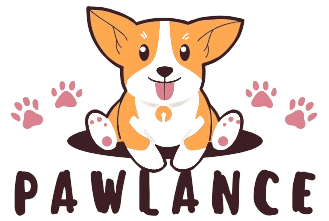Fetch
Fetch
Playing fetch with your dog is not only an enjoyable activity but also a comprehensive way to engage your pet physically, mentally, and emotionally. Here’s a step-by-step guide on how to teach and play fetch with your dog.
# Introduction and Initial Steps
To begin, introduce your dog to the fetch toy in a controlled environment with minimal distractions. Encourage your dog to interact with and grab the toy with their mouth. This initial step is crucial as it helps your dog become familiar and excited about the object.
# Encouraging the Chase
Once your dog is comfortable with the toy, toss it a short distance away. Many dogs are naturally inclined to chase after thrown objects, so this step is often straightforward. However, if your dog is not immediately interested, you can make the toy more appealing by bouncing it, playing with it, or rolling it around in front of them. Ensure the toy remains in your dog’s line of sight and within reach to maintain their interest.
# Teaching the Return
After your dog chases and picks up the toy, it’s essential to teach them to return it to you. Be positive and excited, calling your dog back and rewarding them with praise and treats when they bring the toy back. Moving away from your dog as they return can help encourage them to follow you and bring the toy back more reliably.
# Dropping the Toy
To complete the fetch cycle, you need to teach your dog to drop the toy. This can be achieved using the “bait and switch” method, where you introduce a second toy and mark the command “drop it” when your dog lets go of the first toy. Reward your dog immediately when they drop the toy to reinforce the behavior.
# Increasing Distance and Distractions
As your dog becomes more comfortable with the fetch routine, you can gradually increase the distance you throw the toy and introduce more distractions. This helps in building your dog’s trust and focus on you, even in more challenging environments.
# Benefits of Fetch
Playing fetch is not just fun; it also offers several benefits for your dog. It provides physical exercise, helping to burn off excess energy and improve coordination skills. Fetch also serves as a form of mental stimulation, keeping your dog engaged and active. Perhaps most importantly, it strengthens the bond between you and your dog, fostering trust and a deeper connection through positive interactions and rewards.
Tug
The redirection of instinctual behaviors by playing tug games can help counter boredom, relieve stress and anxiety, and provide a safe outlet for their energy while tapping into your dog’s natural predatory instincts (ASPCA).
Flirt Pole
The flirt pole is particularly beneficial for dogs with high energy levels or those that do not enjoy fetch. It provides an intense workout with minimal physical exertion required from the owner, making it an excellent option for people who are less mobile or prefer not to engage in extensive physical activity. According to PetMD, the flirt pole can help dogs burn off excess energy and stay mentally stimulated.
Scent Games
The training can lead to participation in nose work competitions where dogs and their handlers work together to complete scent-based challenges. This type of training requires patience, positive reinforcement, and regular practice to help your dog master the skills.
Sniffaris
The effectiveness of Mental Stimulation in reducing stress and improving overall behavior during sniffaris has been well-documented by reputable sources like PetMD.
Considerations for Different Dog Breeds and Sizes
When engaging your dog in play, it’s essential to understand their play style to ensure compatibility with other dogs or activities. For example, some dogs love rough play like wrestling and body slamming, which is suitable for sturdy, energetic breeds like retrievers and boxers. However, this type of play can be overwhelming for smaller or more reserved breeds. According to American Kennel Club, knowing your dog’s play style is crucial for fostering enjoyable interactions with other dogs.
